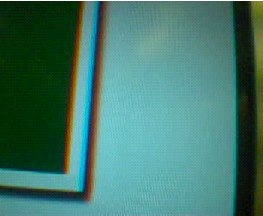As previously stated in several of the posts, Cat5e or Cat6 are great solutions! The Baluns come in both passive and powered baluns. The powered baluns work well for longer distances. They also have powered baluns that will pass an HDMI Signal!
As far as other solutions that will work well...
Multi-conductor cable-
Multi-conductor cable (aka Mini59) is a cable that contains anywhere between 3 and 7 mini RG59 cables. You can terminate this cable with RCA, BNC, or VGA. I have successfully run and used this type of cable up to about 300'. Downside the terminations take several minutes to terminate each end. When you are dealing with component video and audio (5 wires on each end) it could take as long as 30 minutes per cable to terminate this wire.
Rapid Run -
A rapid run cable is a pre-terminate cable that comes in multiple lengths (25', 75', 100', 125', etc.). This cable is manufactured by cables to go. The cable comes with a proprietary connector on the end that allows for a wide variety of selections for connections (VGA, Component Video, Composite Video, S-Video, HDMI, etc...). This cable allows for quick termination saving time! The downside is you are paying a little more for this product due to the time savings.


